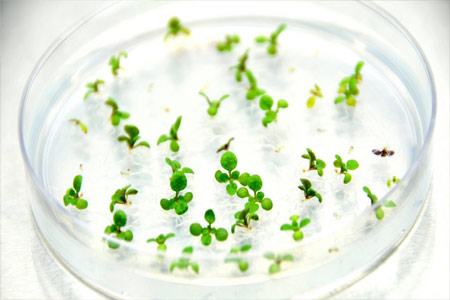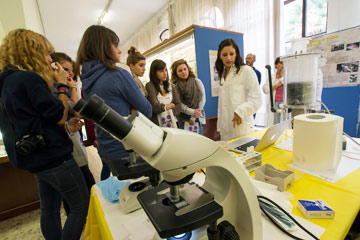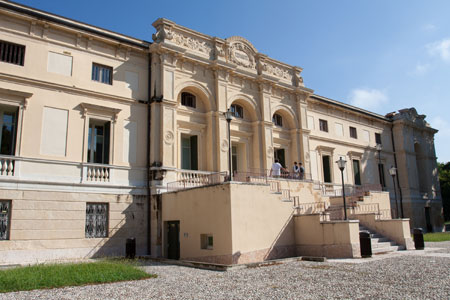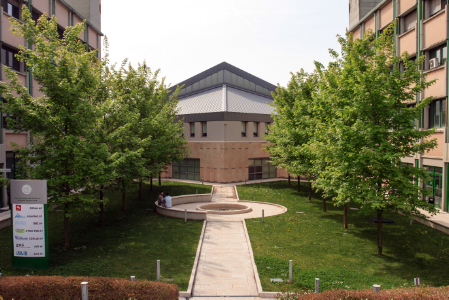-> Genetic information and informational molecules
General introduction and historical hints. The chemical structure of DNA and RNA. Three dimensional structure of DNA. Physico-chemical properties of DNA.
-> DNA, RNA and gene structure
Definition of gene coding and regulatory regions. From genes to proteins; messenger RNA, transfer RNA and ribosomal RNA.
-> Genome organization and evolution
DNA content and number of genes. Mutations, DNA rearrangement and genome evolution. The organelle genomes. Interrupted genes; introns. cDNA. Gene families and duplication. DNA repeats.
-> Transposable elements
Transposition mechanisms and control. Retroviruses and retrotransposones. Transposons.
-> Chromatin and chromosomes
Nucleosomes, histones and their modifications. Higher organization levels of chromatin. Heterochromatin and euchromatin. Eukaryotic chromosomes, telomeres and centromeres.
-> DNA replication
DNA polymerases. Proofreading activity of DNA polymerases. Replication mechanism in bacteria and eukaryotic cells.
-> Introns and RNA splicing
Features of spliceosomal introns. Spliceosome and splicing mechanism. Alternative splicing and trans-splicing. Other kinds of introns: group I and group II introns and tRNA introns. The intron movement. RNA editing. Ribozymes and riboswitch.
-> DNA mutation and repair
Spontaneous mutations and mutations caused by physical and chemical mutagens. Pre- and post-replicative repair systems. Recombination in the immunity system cells. Approaches to homologous recombination.
-> Regulation of gene expression
Bacterial promoters. The operon. Activators, repressors and coactivators. Signal transductions and two component regulation systems. Eukaryotic promoters. Activators, repressors and coactivators. Gene expression and chromatin modifications. Epigenetic mechanisms.
-> RNAs and transcription
Different types of RNA: synthesis and maturation. Bacterial RNA polymerase. Sigma factors. Eukaryotic RNA polymerases. Eukaryotic mRNAs: capping, polyadenylation, cytoplasmic localization. The transcription process in bacteria and in eukaryotic cells.
-> Translation
Ribosomes. tRNA structure and function. Aminoacyl-tRNA synthesis. Initiation in bacteria and eukaryotic cells. Polypeptide chain synthesis and translation end. Regulation of translation.
-> Protein localization.







